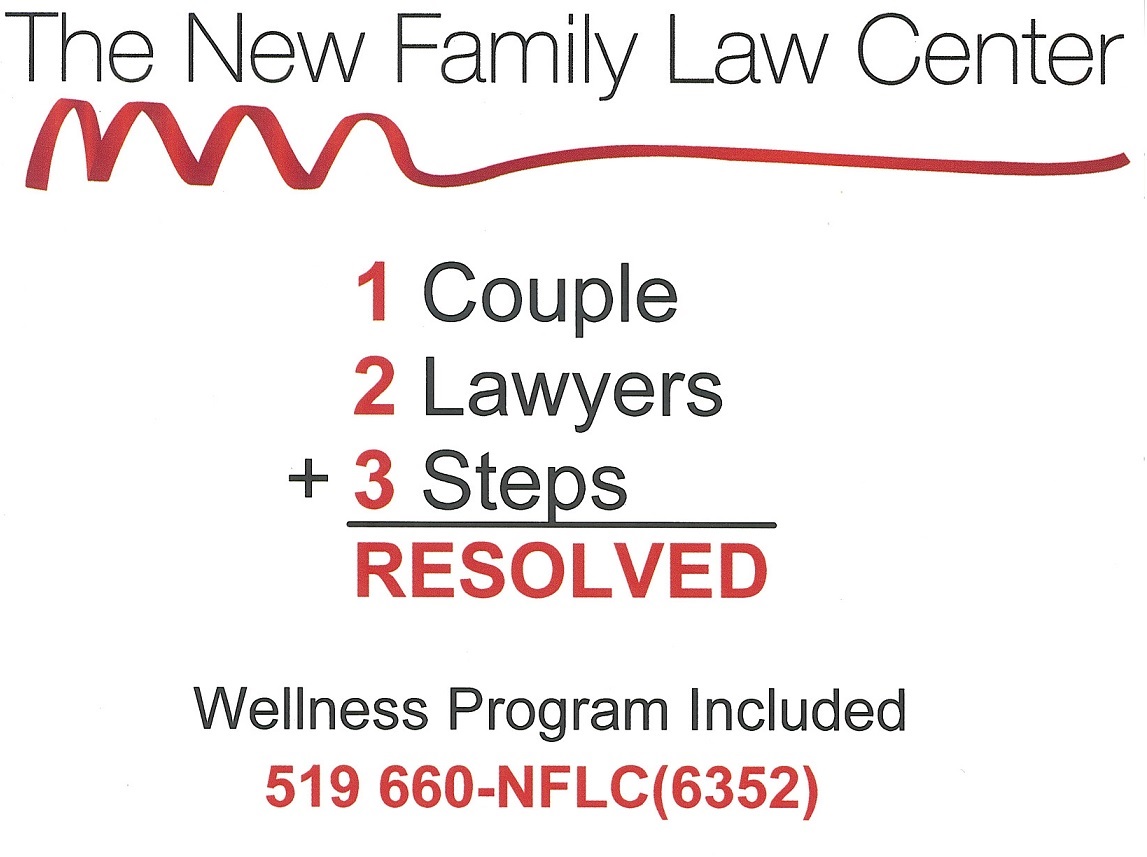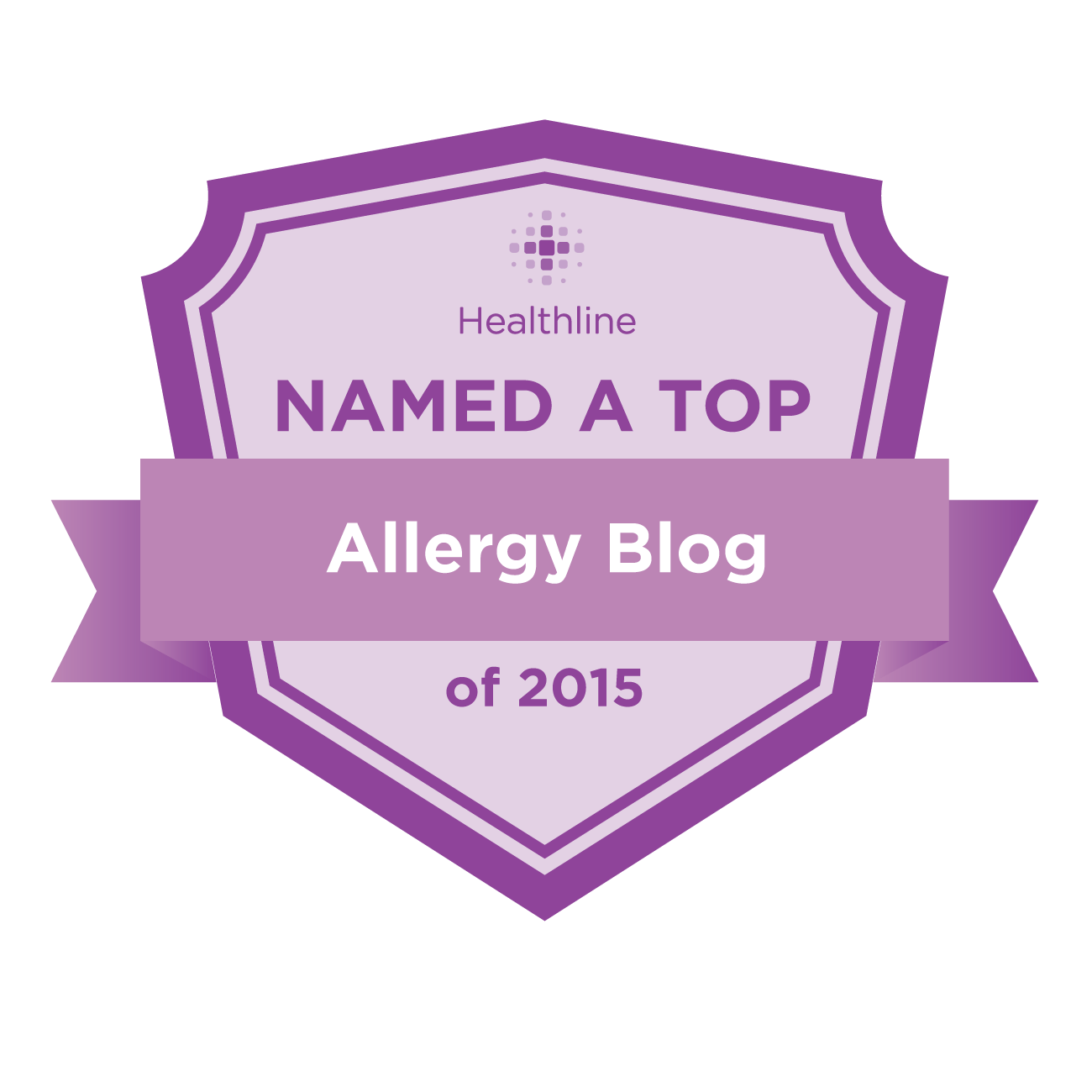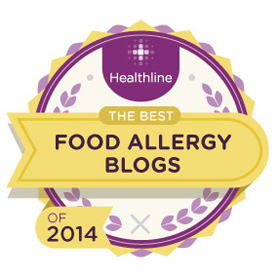By Dr. Paul Ehrlich**
Within days of publication of a study [“Assessing the efficacy of oral immunotherapy for the desensitisation of peanut allergy in children (STOP II): a phase-2 randomized controlled trial”)] by Katherine Anagnostou, PhD, from the Department of Medicine, Addenbrooke’s Hospital, Cambridge, United Kingdom, and her colleagues, in the preeminent British medical journal, The Lancet, the American press is buzzing with talk about the possibility of treating peanut allergy with oral immunotherapy (OIT). What is it about the Brits? Research is ongoing in the US, but it rarely rises to this level of attention. Call it the Downton Abbey Effect. Let’s face it—Dallas doesn’t have the appeal it used to, but when the British do an epic about old money and class, people talk. Dr. Anagnostou says, “To our knowledge, our findings provide the first well controlled and accurate estimate of the effect size, benefits, and risks of desensitisation with peanut OIT.”

My own experience with British medicine goes back about 40 years when I was doing a pediatric fellowship. I spent 6 months at the foremost children’s hospital in London, Great Ormond Street Hospital, formerly known as the Hospital for Sick Children. The head of the department was the Royal Pediatrician (“Give the Princess two baby aspirin and call me in the morning, Your Majesty.”) The staff was continually complaining about the crowded conditions, but when I asked if they could move to available space two blocks away adjacent to St. George Garden where the kids could be taken outside for fresh air, I was told, “We know that’s what you do in America, doctor, but if we did that we could no longer be called Great Ormond Street.” Treatment be damned; let’s protect the brand!
Inevitably, when a study gets the attention this one has gotten, the way it is interpreted for the public ranges from the thoughtful to the misleading. On the thoughtful side of the ledger, Jane Brody in the New York Times places it in a much wider context. On the other side, Time used a headline that reflected a kind of dismissiveness and incomprehension that I would have hoped we were past: “Cure Your Kids’ Peanut Allergies by Feeding Them Peanuts.” However, that misleading headline has now been changed to something more innocuous, no doubt because peanut allergy families let them know.
The publication has had some novel ripple effects. We have heard from social media sources that food-allergy-mom email boxes and Facebook walls are being flooded by friends and relatives with news reports of this study. Having spent years trying to educate their social and family circles on the seriousness of this epidemic, they are being told that a “cure” exists and they had better get with the program. The message to these people should be, “it’s not that easy, so back off.”
So what are the takeaways from this article? For the moment I will defer to Dr. Matthew J. Greenhawt of the University of Michigan, who analyzes it in the same issue of The Lancet. Echoing Dr. Anagnostou, he is impressed by the sample size, the coherence of the protocol, the large percentage of effective desensitization, and the reporting of immunological changes. “Compared with control participants, those completing OIT had a significant 25-fold increase of their no observed adverse effect level over baseline, and their caregivers had a significant improvement in quality of life. Adverse effects were mild.”
He contrasts this with other papers: “Previous studies have concluded that OIT can safely produce desensitization to peanut and other allergens among selected, but not all, participants. These studies have significant methodological concerns, including small sample sizes, selection bias (involving referral center populations of older children without past severe reactions and with motivated caregivers), and lack of control groups or pre-OIT challenge to confirm that the patient still has persistent allergy.”
Good as this study may be, however, it does highlight the frustration felt on both ends of the stethoscope. Haven’t we been here before? After a decade of OIT trials in the US, we still seem to be stuck on the first rung of the ladder. My friend Dr. Renata Engler has said, “Most money goes into confirming what we already know instead of focusing on the gaps where we could add information.” At least in this case it was British taxpayers who were picking up the tab.
I have some questions of my own. For one, the sample was defined by age—7-16—and was almost evenly divided by sex, but not by other factors. This makes sense as a starting point but what will happen when more studies are opened up to a more heterogeneous sample? Will these percentages hold up? For another thing, just 2% of subjects in the active group and 4% of the control group had a baseline history of grade 4—worst-case—adverse reactions on the WHO scale. Over 90% of the active group had grade 1 and 2. I don’t do OIT in my practice, but as I think about my peanut allergy patients, I know that many with this level of allergy are managing quite well without undertaking the level of commitment and inconvenience that OIT would entail. I also noticed that one patient was withdrawn from the study because in his parents’ opinion, his allergy was too mild to participate.
Given the number of complicating factors left out of news reports of just this study, like its authors and Dr. Greenhawt, I am convinced that OIT is a work in progress.
* If you found this post helpful, I would love for you to use the “Sharing Is Caring” bar (below) to share this post via Facebook or Twitter. If you’re reading this as an e-mail message, you need to jump over to my blog first by clicking here.
** Dr. Paul Ehrlich is a pediatric allergist, and he is co-author of Asthma Allergies Children: A Parent’s Guide.









I think he is so right on. This is what I have been saying for a long time.
These articles on the research being done does more harm than good because he is absolutely right…my friends and family are enlightening me…”are being flooded by friends and relatives with news reports of this study. Having spent years trying to educate their social and family circles on the seriousness of this epidemic, they are being told that a “cure” exists and they had better get with the program”
{The message to these people should be, “it’s not that easy, so back off.”}
{Most money goes into confirming what we already know instead of focusing on the gaps where we could add information.}
{Given the number of complicating factors left out of news reports of just this study, like its authors and Dr. Greenhawt, I am convinced that OIT is a work in progress.}
I think his points are very well said.
Appreciating the time and energy you put into your website and
in depth information you present. It’s nice to come across a blog every once in a while that isn’t
the same old rehashed material. Excellent read! I’ve saved your site and I’m including your RSS feeds to my Google account.